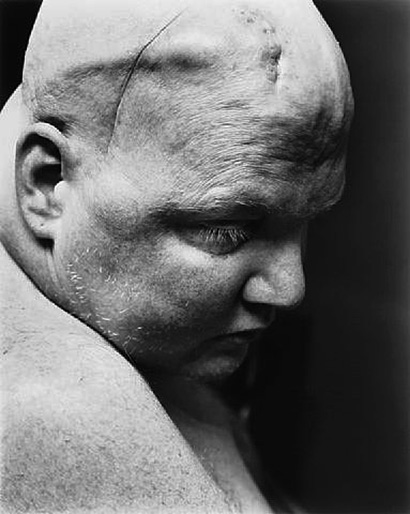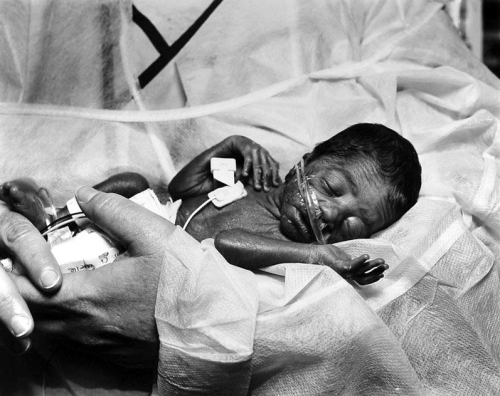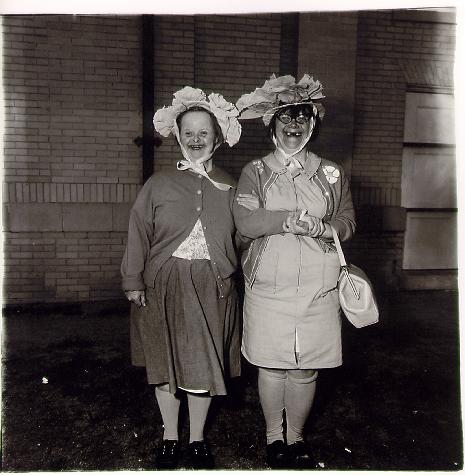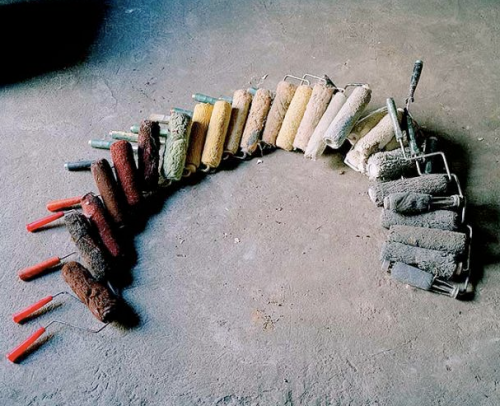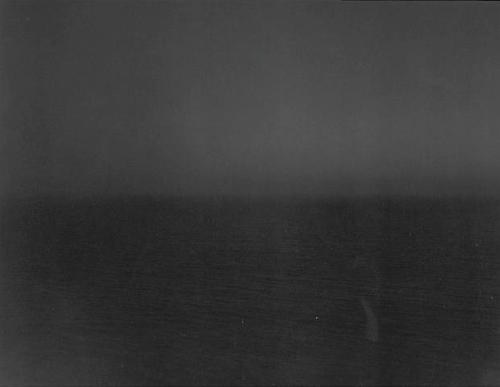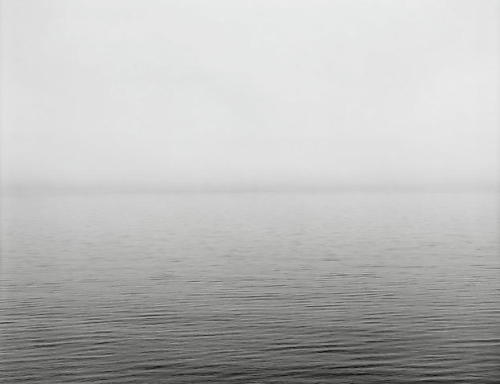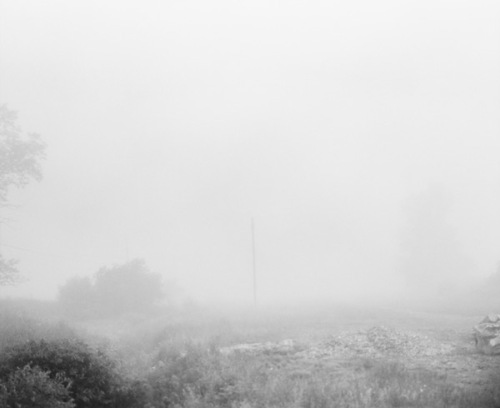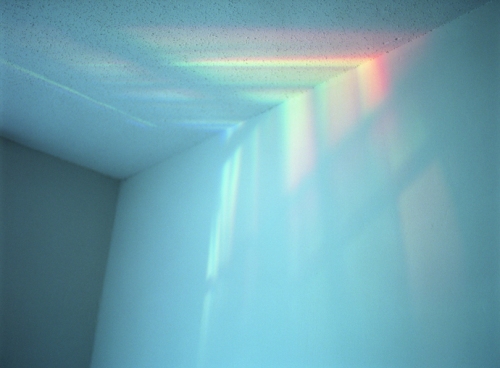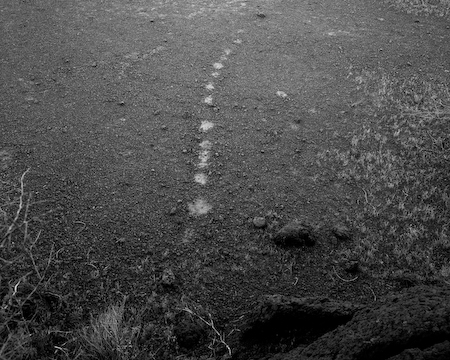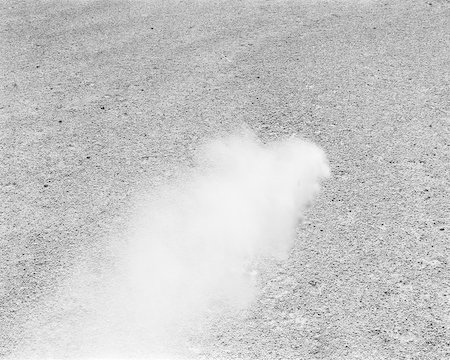Hello, there.
As you can see, I haven’t written here for quite some time (more than, um, three years).
I would love it if you visited (SL) DISTIN 15, where I am writing admittedly, somewhat infrequently, but still, more than here.
Or, say hi on Twitter and see what I’m up to on Instagram.
Hope to hear from you soon. xo
Filed under: Uncategorized | Leave a Comment
The Cosmos Always Win
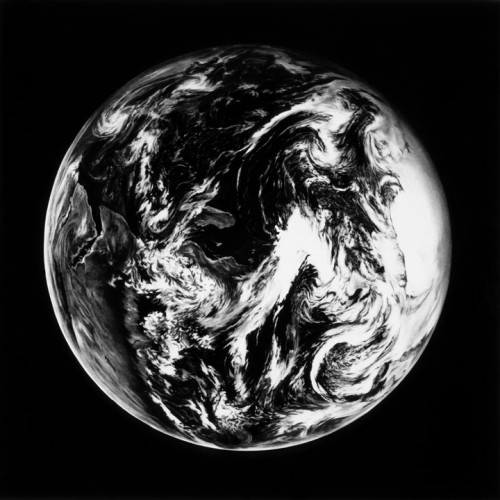 Untitled (Home, Earth 3) by Robert Longo
Untitled (Home, Earth 3) by Robert Longo
Yesterday, in yoga, the instructor said something to the effect of, “what’s going on above the surface of the earth, is the same as what’s going on below the surface of earth.” And I think he meant it in that sense that yogis refer to a lot and is supposed to be reassuring—we are all connected, grounded and rooted (we were standing in Vrksasana).
I couldn’t help but think, yeah, of course that makes sense, but not because I felt so still, instead because there is magma, that layer of molten earth, churning around the core, which is itself 3000 degrees celsius and brimming and bubbling with solid and semi-solid chunks of iron. Reassuring, right? Totally calm and steady and safe.
That’s just not the way things seem to be lately on this little planet we call home.
Jupiter, our savior, is a sweet thought but when it comes down to it: “Asteroids pose the greatest danger of all to Earth, however, astronomers say, and here Jupiter’s influence is hardly assuring.”
When considering the unseemly relationship between Xunantunich and the Haldron Collider, it’s realized again: “The vast reaches of cosmic time and space have a way of humbling the puny efforts and resources of mortals who try to figure out the universe.”
But still, we try: Time-lapse video of the probable past and possible future of the Earth’s land masses.
Yes, we’re puny but I guess that’s all we can do, we try.
Filed under: Uncategorized | Leave a Comment
Tags: earth, Haldron Collider, jupiter, Robert Longo, Xunantunich
a work in progress

www.saradistin.com is live! It’s a work in progress, courtesy of OtherPeoplesPixels, a self-imposed compromise after hours spent toiling with Moveable Type. My own-made site and a new home for this blog are forthcoming as are additional photographs. Promise. Editing and re-editing images has turned into a seemingly sisyphean task in itself. Also on the horizon, some new content here, too. Soon.
Filed under: Uncategorized | Leave a Comment
vision v. experience
Over the weekend, conditions on the mountain rendered visibility so poor that I often couldn’t see past the tips of my skis. Fog like I haven’t seen since I left the northwest moved in and around, surrounding peaks, and breaking only for intermittent snow.
If you can’t see the pitch and ground below you, you rely on your grace (the strength of the muscles you don’t know you have); if your only point of reference is also attached to you, as are your skis, you have no way to tell how fast you are really moving, save for the frozen water and air flying around you. A friend pointed out that the weather made for a pretty intimate in-bounds experience, not only were fewer skiers out, but you could hardly see the ones who were, giving the impression that you were out there alone. More than once, the opening events of Jose Saramago’s Blindness surfaced: “The blind man raised his hands to his eyes and gestured, Nothing, it’s as if I were caught in a mist or had fallen into a milky sea… I see everything white.”
I couldn’t stop thinking about how my lack of sight altered and elevated the experience so significantly, particularly because it is the sense I usually rely the most on… It highlighted one of the things that is the most frustrating for me in photography, how difficult it is to relay an entire experience, series of thoughts and emotions, within a small frame that consumes, usually, less than a second of time. How can vision (and even less so, a record of vision) equal experience when this experience was so much greater because I couldn’t see!?!
I was having trouble putting together what this all meant, and for the time I spent thinking about it, it had to mean something (aside from complete disillusionment with my chosen path in life), until the Tate‘s email bulletin brought Roni Horn to my inbox and reminded me of You are the weather. I’m not saying the answers are all clear here, they usually aren’t, but I realized this work comes close to the physical/emotional/psychological experience I was having.
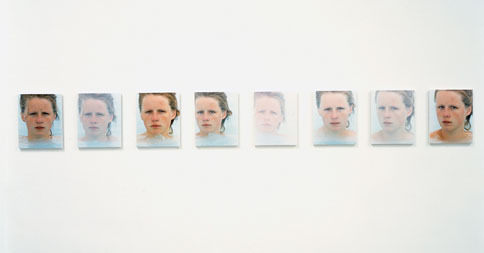 You are the weather by Roni Horn
You are the weather by Roni Horn
Horn:
I was photographing Margrét outdoors and in water. The water and the weather became very important as the visual context. Water and weather are dominant phenomena in Iceland. So we would travel and I would photograph her in the water and in the weather. It was a very simple relationship: I didn’t tell her to do anything, she would just get into the water and I would photograph her. In the sunlight and with the clouds under the open, forceful sky — the water was all around her, on her, and in her hair, and in the air as well.
It sounds SO simple, doesn’t it? But, the portraits manage to simultaneously, and very intimately, express the girl’s relationship to her environment, to the photographer, and to herself, primarily, and secondarily, to the viewer. They envelope the less-than-a-minute timeframe in which the picture was taken and the on-going present the portraits inhabit on walls, in museums, etc, as it seems impossible not to engage with the gaze and also feel the water, the environment she was experiencing. They tell a physical, emotional, and psychological story all at once… and reaffirm that this is possible in photography: vision alone can equal experience.
Filed under: outside, photography, seeing, water | 2 Comments
compassion in portraiture
Someone at The Exposure Project picked up on a dangling comment I made over on the Hey, Hot Shot! blog last week:
The author went on:
I want to know what you think. Where does the tenuous line between compassion and indifference in photographic portraiture meet? What makes one artist’s portrayal necessarily more sensitive than another’s? And ultimately, do you respond more to a candid, unflinching portrayal of a person, or conversely, to a more allegorical image which insinuates rather than shows?
Immediately my head was flooded with images from Nixon’s Patients series, which were initially the portraits in question, along with some of Diane Arbus’ portraits, for reasons that I couldn’t initially put my finger on but am closer to now…
from Patients, by Nicholas Nixon
from Patients, by Nicholas Nixon
I agree (and think that most will) that Nixon’s photographs are incredibly beautiful, even sensual and seductive, the result of flawless 8″x10″ negatives and meticulous printing, and that is really the largest issue I took with them. In looking at the prints, I felt they were overly romanticized, and left me alone with the question, “what was he thinking?” and further, “who is being served by these images?”
Was Nixon’s intention to investigate mortality, to confront us with our own? Or to present us with illness, to diffuse the stigmas and stereotypes that rest at a distance, behind the closed doors of a hospital? My general reaction aligns with the latter question: the portraits were not those of the people photographed but of the illnesses they suffered. Their very personal tragedies and realities were alternately softened and sharpened, manipulated by glowing light and ominous shadow.
Was Nixon insensitive? I don’t know. His subjects agreed to be photographed and obviously trusted him, how they felt after seeing the final works is information we aren’t privy to. And really, I think they are the only ones who will ever be able to judge Nixon’s sensitivity and compassion.
It is interesting to consider though, that sometimes the perceived indifference of a photographer, as in the case of Diane Arbus and her portraits from the fringes of society, can also be the source of compassion. Arbus was inarguably sincere in her photographs because she felt as if she were one of the “freaks” she was photographing. The trust her subjects felt with her is apparent, as is her transparency in her presentation of them as fellow human beings. Arbus, it seems, was indifferent to the fact that her subjects could be and would be perceived as different and as a result, felt no need to make their presence beautiful, or tragic, or remarkable in any way.
Mexican dwarf in his hotel room in N.Y.C., by Diane Arbus
Untitled (1), by Diane Arbus
Filed under: black and white, exhibitions, photography | 1 Comment
Tags: Diane Arbus, Nicholas Nixon
modern magic
(Ed. note: I made a minor change to this post since initially publishing late last night [note to self: don’t do that] because I think it’s important to distinguish that magic realism is a Latin American literary tradition, not one that is specific to Mexico, and probably less notable when considering Mexican literary traditions in particular. Gabriel Garcia Marquez, the master of magic realism [in my humble opinion], for example, is Colombian. While the Nobel Prize winning Mexican author Octavio Paz is best known as a liberal intellectual… Maybe this is negligible to some but I think it’s important, especially because I’m already taking liberties in my appreciation for these photographs!)
Me encanta México D.F.
It’s the only place I haven’t felt safe alone, it’s chaotic, it’s filthy, and rich and poor. The city is also the northern most epicenter of a region that is steeped in stories of magic realism and little bits of it linger and hover in thin and toxic air.
And so, I can’t help but be charmed by Mexico City artist, Alejandra Laviada‘s Photo Sculptures.
Color Blind Rainbow, 2008
Coral, 2008
She works in her hometown, goes into warehouses and creates these simple and quiet sculptures, then photographs them. They appeal to me because they almost appear to have been found as is if they were left by accident, the result of some beautiful and tragic story written by Marquez, or in this case, Paz.
The images are also, as described in the Danziger Projects press release, “about a reconciliation of past and future, classicism and modernism.”
James Danziger himself explains why he likes the work on The Year in Pictures:
Her pictures burst with inventiveness, and her prints are large, colorful, and luminous. They remind me of a cross between the work of Tara Donovan (who was just awarded a MacArthur “Genius” grant) and the still lives of Irving Penn. (While of course remaining totally original.)
My painter friend Sarah liked the work because they are so painterly, color and composition playing essential roles.
All of these are good reasons for liking the work and would likewise be good reasons for disliking the work. The thing is, you have to go and see for yourself. And when you do, you bring your own personal background and influences as well as the canon of imagery you have previously seen and experienced to formulate an intellectual, emotional, intuitive, and/or irrational, and/or some combination of these, response. My love of Mexico City and magic realism and the knowledge that that is where Laviada was photographing, led to an interpretation and appreciation of the photographs that is probably unlike anyone else’s. And this, as silly as it is, is one of the the things that I love! love! about looking at and thinking about photographs. So, really, see for yourself.
Filed under: art, exhibitions, photography, seeing | 2 Comments
Tags: Alejandra Laviada, Danziger Projects
7 DAYS / 7 NIGHTS
Go. Go see Hiroshi Sugimoto at Gagosian in Chelsea.
Ligurian Sea, Saviore, 1993
N. Pacific Ocean, Stinson Beach, 1994
Lake Superior, Eagle River, 2003
For reasons that shall remain unnamed from this point forward, my family stopped going to church when I was 7 or 8. Still we’re all pretty spiritual people and have found our own paths, one way or another…
A few years ago, I read something my dad wrote in the midst of his highly personal search for religion: I felt a flash of brilliance so great that all other earthly desires faded.
I’ve had a hard time understanding and believing what he meant and am still not sure that I get it and/or that I ever will. But, every once in awhile, I feel like I am close to comprehending. I’m not an advocate of the gallery = church idea but walking into Gagosian yesterday was as close as it comes.
Filed under: black and white, exhibitions, photography | 2 Comments
Tags: Hiroshi Sugimoto
the cut path
Both images above are from John Mann‘s series the cut path. I wrote about his folded in place series over on the Hey, Hot Shot! blog but am having a harder time figuring these out…. For some reason, they are sticking with me more than the maps though.
Filed under: black and white, photography | Leave a Comment
Tags: John Mann
so much happiness
Unseasonable sunshine streaming through the window + residual election buzz + Anna’s singing in the house = a good day for this poem + photo. The poem arrived recently via a note from a friend in response to a previous post. (I first came across it in the loo! Strange but true: a friend’s brother had the text on the wall! Really, a great idea, if you ask me.) The image, Changing Weather, St. Louis, Misssouri, 2008 by Justin Visnesky, arrived via Flak Photo.
So Much Happiness by Naomi Shihab Nye
It is difficult to know what to do with so much happiness.
With sadness there is something to rub against,
A wound to tend with lotion and cloth.
When the world falls in around you, you have pieces to pick up,
Something to hold in your hands, like ticket stubs or change.
But happiness floats.
It doesn’t need you to hold it down.
It doesn’t need anything.
Happiness lands on the roof of the next house, singing,
And disappears when it wants to.
You are happy either way.
Even the fact that you once lived in a peaceful tree house
And now live over a quarry of noise and dust
Cannot make you unhappy.
Everything has a life of its own,
It too could wake up filled with possibilities
Of coffee cake and ripe peaches,
And love even the floor which needs to be swept,
The soiled linens and scratched records….
Since there is no place large enough
To contain so much happiness,
You shrug, you raise your hands, and it flows out of you
Into everything you touch. You are not responsible.
You take no credit, as the night sky takes no credit
For the moon, but continues to hold it, and to share it,
And in that way, be known.
Filed under: photography, poetry | 2 Comments
transfigurations
I am totally blown away by Michael Lundgren‘s Transfigurations. They are made up of all the things that keep me awake at night.
As if I didn’t miss the West enough already, they are like coming home. And they are like falling into a place that I will never know, or once I do know, will not be able to transcribe on to paper, silver or pulp or digital.
They are so, so quiet that I fear I will lose them or be lost to them (I’m not sure which) if I look away for a moment.
In his statement, Lundgren writes:
Early on, landscape was grounds for the idealization of nature—the creation of an Eden whose existence is surely at question. Contending with the devastation enacted upon the earth, landscape photography has in many ways become a medium of political motivations—a necessary pursuit given the dire circumstances. However, a summary of intention for both of these approaches might be: “Look at how wonderful nature is, but do not mistake, it is better off without us.”
My work has always been an effort to shift this paradigm—we are nature. Perhaps our one chief distinction is that we are forever trying to control entropy—and things always fall apart. In Transfigurations, I hope to walk the line between apocalyptic-transcendence and our own perseverance.
Radius Books just published the book and Transfigurations will be on view at Clamp Art here in NYC at the end of November.
um, I’ll be there.
Filed under: black and white, exhibitions, outside, photography, seeing | 2 Comments
Tags: Michael Lundgren

